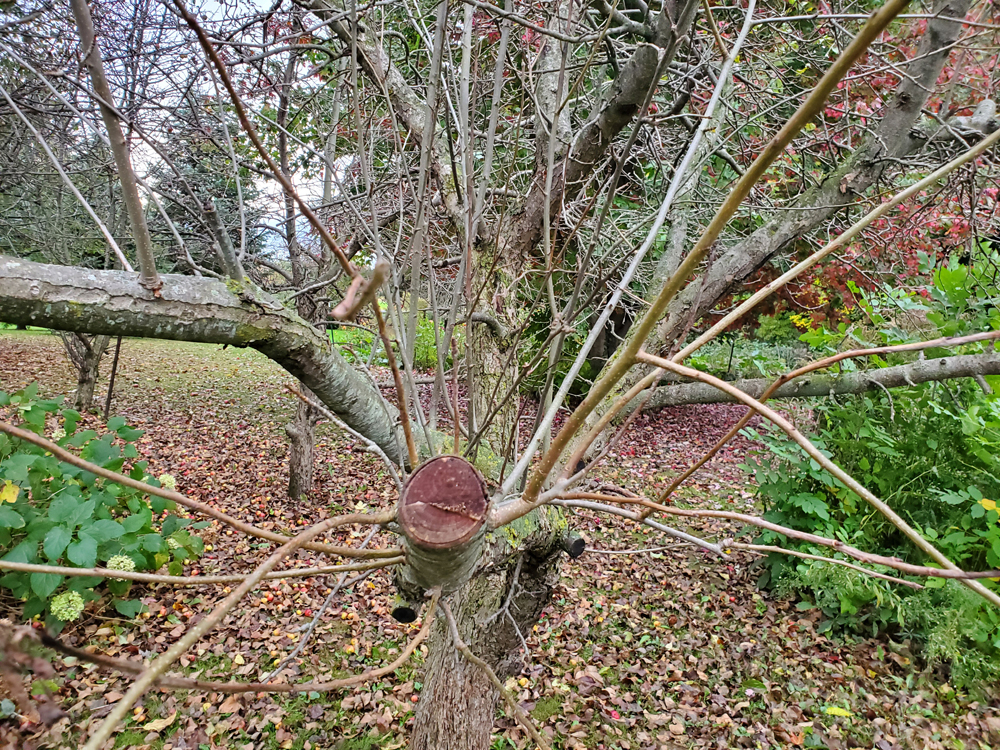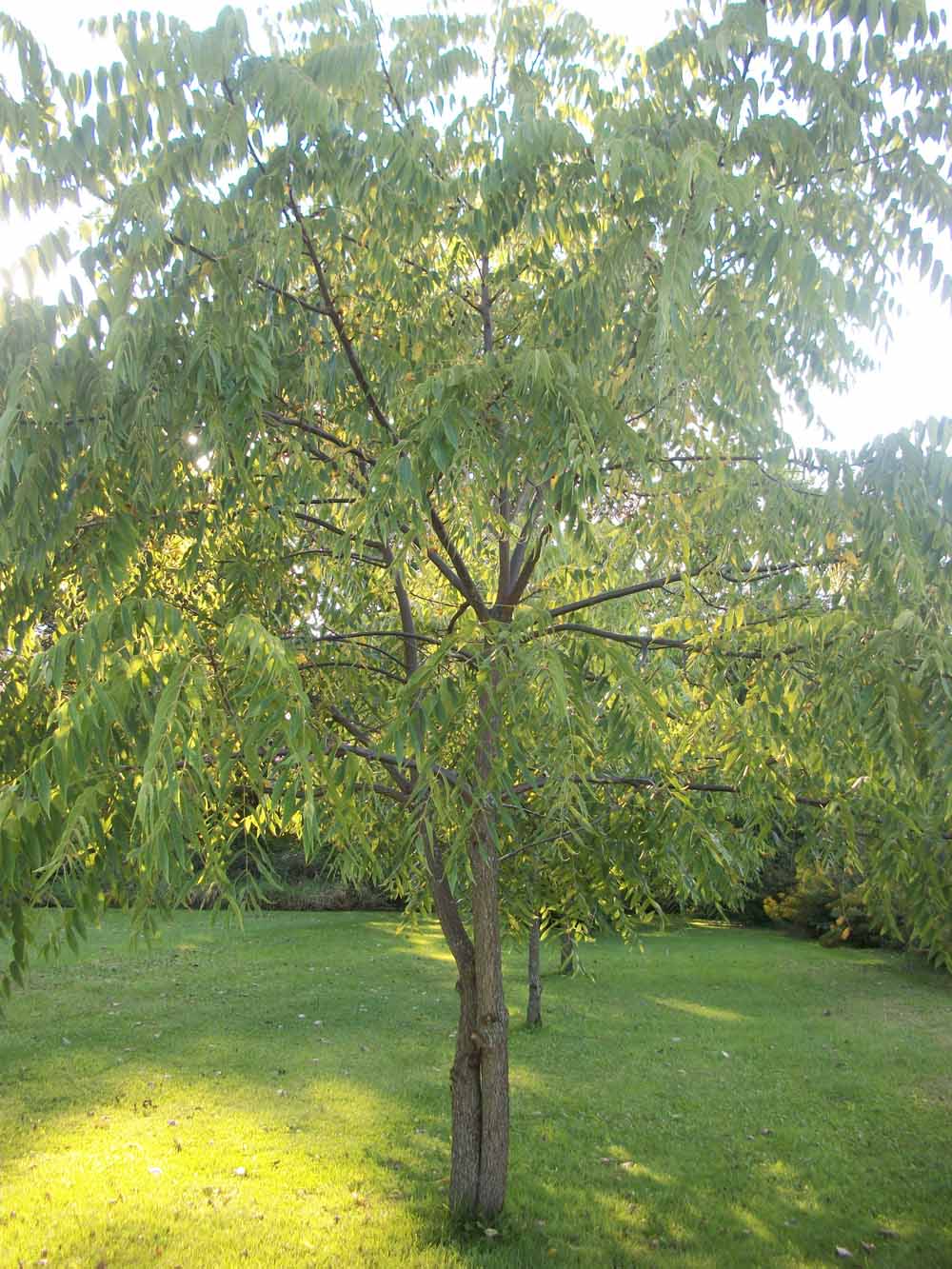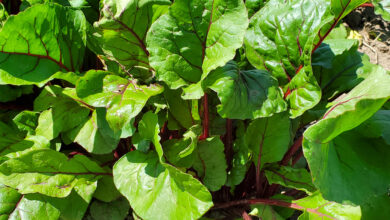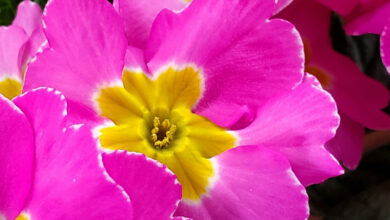Holly and Ivy

Plants and fresh greens play an important part in the celebration of Christmas and the winter holidays, and two of the most ancient kinds of holiday greens are holly and ivy.
The two plants aren’t as common a decoration as they used to be at Christmastime, but they are beautiful and have been used decoratively since long before the Christian era.
The Romans considered holly to be a sacred plant, and it was an important part of the Roman festival of Saturnalia, which was held at this time of year to commemorate the dedication of the temple of Saturn. The Druids also considered holly to be sacred and believed its use would ward off evil spirits.
The Romans associated ivy with the Roman god of wine – Bacchus. The festival honoring Bacchus included drinking large quantities of wine, and those imbibing believed wearing a crown of ivy would protect them from suffering the effects of a hangover.
Later, ivy became associated with death. Celts and Druids considered oak trees to be sacred, and since ivy had the ability to kill an oak tree by overgrowing it, it became a very powerful symbol.
Ivy is also considered a symbol of fidelity, fertility and good luck.
With Christianity, the tradition of decorating inside with greens at Christmastime grew slowly. Popular Christmas carols speak of “The Holly and the Ivy” and “Deck the Halls with boughs of holly.” For Christians, holly, in particular, took on religious symbolism with the sharp edges of the green leaves reminding one of Christ’s crown of thorns, and the bright red berries symbolizing the shedding of Christ’s blood at the Crucifixion.
According to the University of Missouri, until the 1800’s, holly was the most popular plant for indoor Christmas decoration – more so than Christmas trees.
Other traditions associated with holly and ivy associate holly as a male plant and ivy as a female plant. According to superstition, whichever plant was the first brought into the house during the holidays would determine whether the man or woman of the household would “rule” in the coming year.
Fresh greens including holly, ivy and pine boughs were rarely brought into the home before Christmas Eve, the University of Missouri says, because to do otherwise was considered bad luck for the coming year. The practice also ensured that the greens would be fresh for Christmas Day and much less of a fire hazard than dried-out greenery.
Today, it is easy to buy small potted holly plants and potted ivy for growing indoors during the winter. This ensures that the greens stay fresh throughout the season and the plants can be moved outside in the spring.
Remember, if you are using holly for decoration this year, the red berries of (Ilex aquifolium) are mildly poisonous and can cause nausea and diarrhea if ingested. Keep holly berries away from children.







